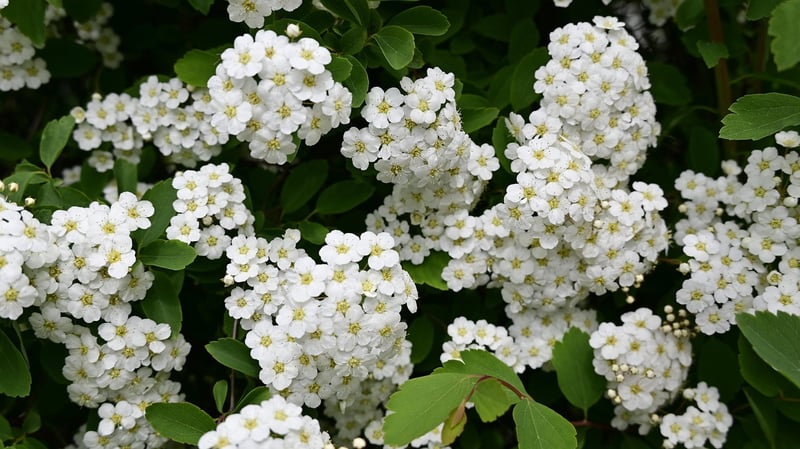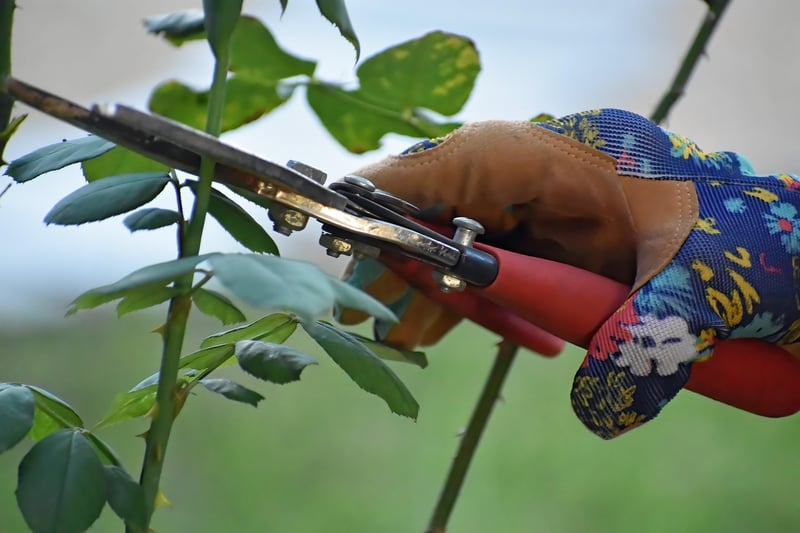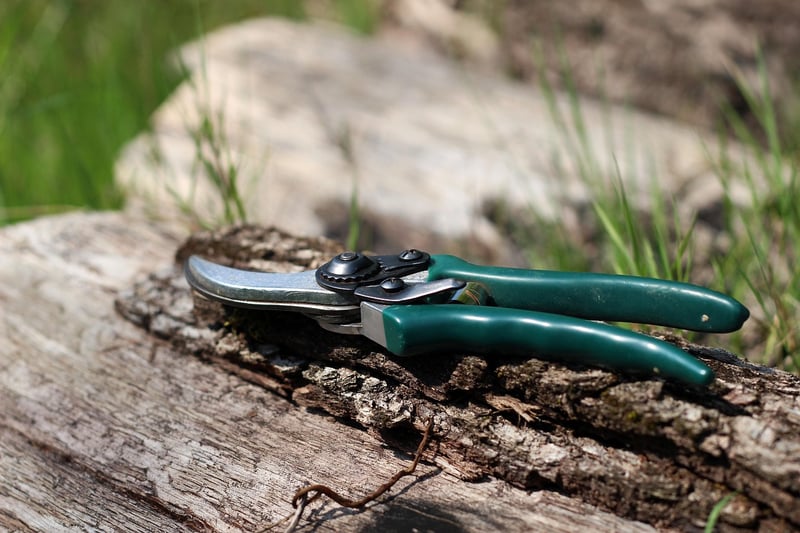Pruning Guide
Keeping Your Garden Healthy: A Complete Pruning Guide
Having a beautiful and thriving garden requires more than just watering your plants. Pruning is an essential practice that promotes plant health, encourages growth, and enhances the aesthetic appeal of your garden. In this guide, we will explore the benefits of pruning and provide you with expert tips on how to prune different types of plants effectively.
The Benefits of Pruning
Pruning plays a crucial role in maintaining the overall health and vitality of your plants. Here are some key benefits of regular pruning:
- Promotes plant growth and development
- Improves air circulation and sunlight exposure
- Prevents disease and pest infestations
- Shapes plants for a more appealing look
- Encourages the production of flowers and fruits
Pruning Tips for Different Plants
1. Shrubs and Bushes
For shrubs and bushes, prune dead or diseased branches to promote new growth. Trim back overgrown branches to maintain a compact shape. Use sharp, clean pruning shears to make clean cuts at a 45-degree angle.

2. Trees
When pruning trees, remove any crossing or rubbing branches to prevent damage. Trim branches that are growing towards the center of the tree to maintain an open canopy. Avoid cutting the branch collar and the branch bark ridge to promote quick healing.

3. Flowering Plants
For flowering plants, prune after the blooming season to encourage new growth. Remove spent flowers to divert energy into producing new blooms. Cut back leggy stems to promote bushier growth and a more abundant flowering display.

Conclusion
Pruning is a fundamental aspect of gardening that should not be overlooked. By following the proper techniques for pruning different types of plants, you can ensure a healthy and vibrant garden that will be the envy of your neighborhood. Remember to invest in high-quality pruning tools and always sanitize them to prevent the spread of diseases between plants.
Happy pruning!
